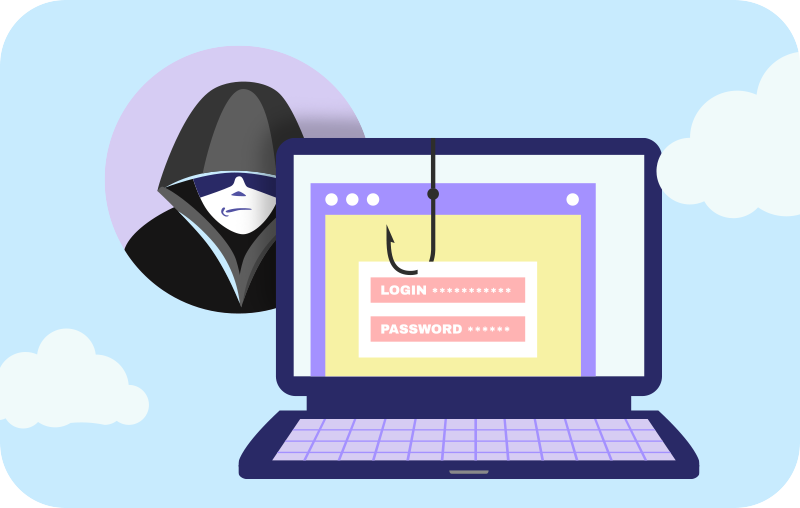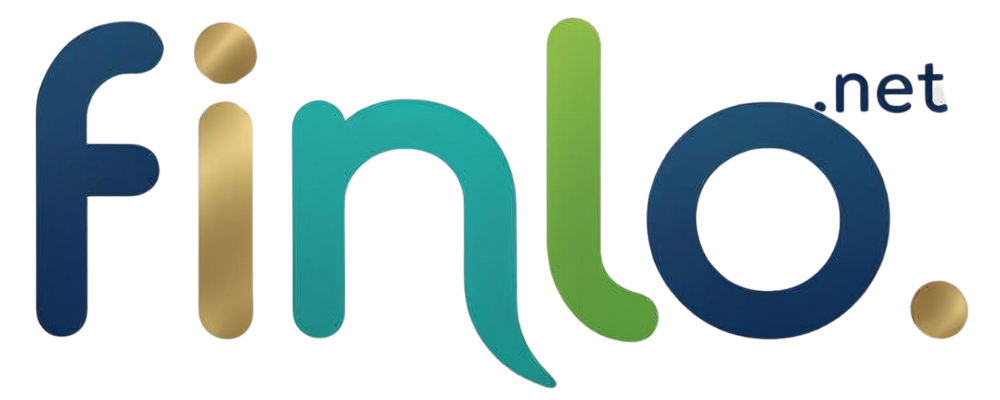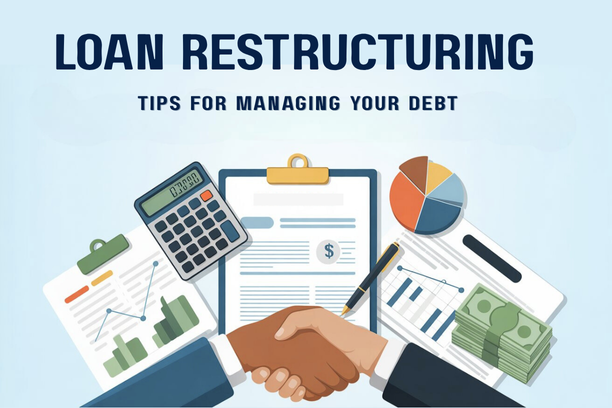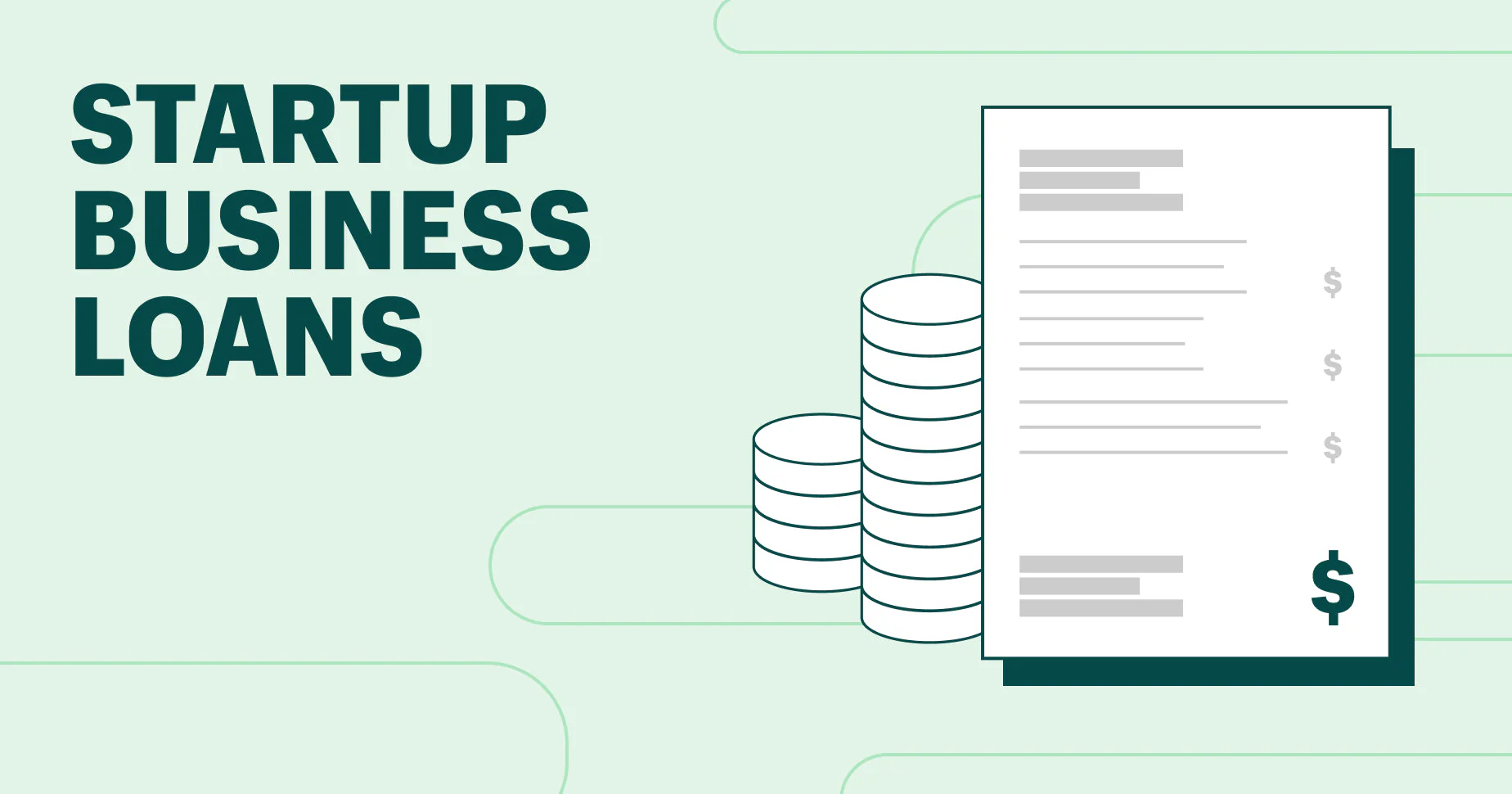In the Philippines, borrowing money has become increasingly accessible through both traditional banks and numerous online lending platforms. While this financial inclusion is beneficial, it has unfortunately paved the way for a surge in sophisticated loan scams. These fraudulent schemes can lead to massive financial losses, identity theft, and severe harassment. For every Filipino seeking a legitimate loan, understanding how to differentiate a genuine lender from a scammer is not just helpful—it’s absolutely vital. This comprehensive guide will equip you with the knowledge to recognize the warning signs and follow safe borrowing practices to protect your hard-earned money and personal data from loan scams in the Philippines.
1. Recognizing the Red Flags: Immediate Signs of a Phony Lender
To effectively practice safe borrowing, the first step is to develop a keen eye for suspicious activities. Scammers often use pressure tactics, vague language, and unusual demands to trick desperate borrowers. Recognizing these immediate red flags is your first line of defense against becoming a victim of lending fraud. If a “lender” exhibits any of these signs, you should immediately halt all communication and investigate further.
A. The Requirement for Upfront Fees and Unusual Payment Demands
A core tactic used by fraudsters to execute loan scams is demanding payments before the loan is approved or released. Legitimate financial institutions or licensed lending companies will deduct processing fees directly from the loan amount upon disbursement, or charge a fee only after the loan is approved and accepted. A common scam involves asking the borrower to pay “insurance fees,” “processing fees,” or “collateral deposits” via remittance centers or personal accounts—not through official bank channels. This is a massive warning sign.
Focusing on the Filipino Context: In the Philippines, the popularity of money remittance centers (like Palawan, Cebuana, or GCash) makes them a target for scammers demanding quick, untraceable payments. Always be wary if a lender insists you use a personal GCash number or a remittance service for fee payments, especially if the company doesn’t have a verifiable physical office. They use the urgency of your need to bypass your critical thinking, promising a large sum of money only if you pay a small fee first. This fee is often the only money they ever get, and the loan never materializes, confirming it as a typical loan scam.
B. Lack of Official Documentation and Unrealistic Loan Offers
A legitimate lender, whether a bank or an SEC-registered lending company, operates under strict regulatory compliance and provides extensive documentation. This includes clear contracts, detailed amortization schedules, and disclosure statements detailing interest rates (APR), fees, and terms. Scam artists, on the other hand, often present offers that are too good to be true, such as extremely high loan amounts with unbelievably low interest rates and no collateral requirement, all without requiring standard background checks or official paperwork.
The Danger of “Instant Approval” in the Philippines: Filipino borrowers are often drawn to offers promising “instant approval with no documents.” Scammers exploit this need for speed. While some legitimate fintech companies offer fast approval, they still require verifiable IDs (like the UMID, Passport, or Driver’s License) and standard application details. If a company approves your loan solely based on a simple text or a Facebook message and skips all legal paperwork, you are likely dealing with a fraudulent entity focused on perpetrating a loan scam. They use this false promise to quickly gather your personal data, which is then used for identity theft, or to pressure you into paying those upfront “processing” fees.
Transitioning to the next crucial step in avoiding these pitfalls: Recognizing the signs is important, but proactive verification is the ultimate tool. Now that you know what to look for, let’s explore how to verify if the lender you’re dealing with is licensed and legally operating in the Philippines.
2. Proactive Verification Steps: Ensuring Your Lender is SEC-Registered
In the Philippines, financial operations, including lending, are regulated by government bodies like the Securities and Exchange Commission (SEC) and the Bangko Sentral ng Pilipinas (BSP). Before you share any sensitive personal information or transfer any money, the single most effective action you can take to prevent a loan scam is to verify the lender’s registration status.

A. Utilizing the SEC and BSP Checklists for Licensed Entities
The SEC maintains an updated list of all registered lending and financing companies, as well as a separate list of companies that have been issued a ‘Cease and Desist’ Order or are known to be operating illegally. A genuine lender must possess a Certificate of Authority (CA) to operate as a lending company. If the company is a bank, it must be regulated by the BSP.
How to Verify a Lender in the Philippines: Simply check the SEC’s official website for their comprehensive list of licensed firms. If the company name is not on the SEC list, or if it appears on the ‘Advisories’ list of illegal lenders, it is a high-risk provider and should be avoided immediately. Scammers frequently use names that are confusingly similar to legitimate companies. Therefore, always double-check the exact corporate name and the SEC registration number. By taking this step, you protect yourself from the most common type of loan scam: dealing with an unlicensed, fly-by-night operation that operates solely to defraud consumers. This verification process should be mandatory for anyone practicing safe borrowing tips.
B. Protecting Your Personal Data and Identity from Fraud
Another critical danger of interacting with a scam lender is the risk of identity theft and data misuse. Beyond the financial loss from a bogus loan, providing your government ID (like your TIN, SSS, or Passport details) to an unregulated entity can expose you to severe long-term consequences.
Best Practices for Data Protection: A legitimate loan application will clearly outline their data privacy policy (in compliance with the Philippine Data Privacy Act of 2012). Scammers, however, are notorious for misusing data, including threatening borrowers with public shaming (known as pa-hiya tactics) or selling the information on the black market. Never send copies of your IDs or fill out application forms that ask for unnecessary or excessive personal information (like your social media passwords). Furthermore, be extremely cautious about granting app permissions—especially access to your phone’s contacts, camera, or SMS messages—which many fraudulent online lenders in the Philippines use to harass borrowers and their families. To ensure safe borrowing, always use encrypted, official websites (look for “https://” in the URL) and scrutinize the lender’s Privacy Policy before clicking “Agree.”
Conclusion:
The convenience of borrowing money in the Philippines should never come at the cost of your financial security. By staying vigilant, recognizing the demands for upfront fees, scrutinizing loan offers that seem too good to be true, and always verifying the lender’s registration with the SEC, you can successfully navigate the lending landscape. Make the commitment to follow these safe borrowing tips, and you will significantly reduce your risk of falling victim to a crippling loan scam. Empower yourself with knowledge, and borrow money with confidence and security.













